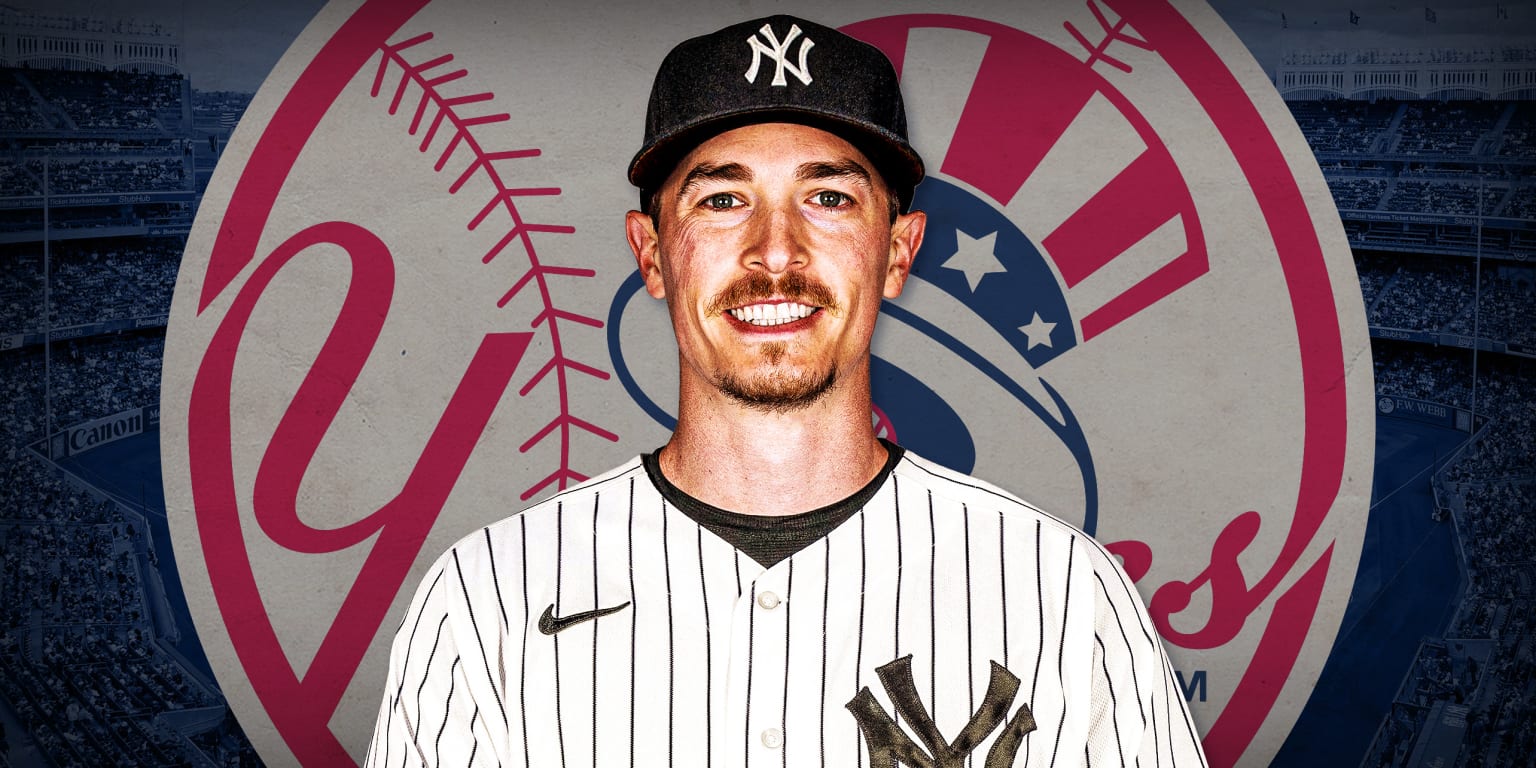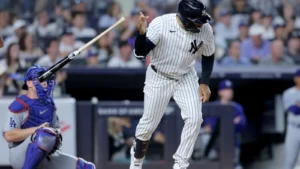When the New York Yankees went all-in during the Winter Meetings to sign Max Fried to an eight-year, $218 million deal, many baseball fans reacted with surprise, questioning the lengthy contract.
Ironically, the same critics who mock the Yankees for “overpaying” are often the ones who accuse them of being too cautious when they hesitate to spend big on star players. Given their market position, the Yankees occasionally need to push the limits to secure their targets—it’s simply the nature of the business.
Fried’s situation was a prime example. The Boston Red Sox were also in the mix for his services, and at one point, their contract offer was reportedly in the same range as New York’s. Instead of hesitating, the Yankees took an aggressive approach, adding an extra year and roughly $30 million to their offer to shut down any competition and ensure they got their guy. Whether one agrees with the move or not, that’s how high-stakes negotiations work.
Now, imagine if they hadn’t done that. If Fried had landed in Boston and the Yankees then lost Gerrit Cole to Tommy John surgery, the outlook for the 2025 season would have been bleak.
In the end, Fried said his instincts led him to New York (though, of course, the money played a role), leaving the Red Sox scrambling for an alternative. Their response? Trading away a significant portion of their farm system to acquire Garrett Crochet—who has just one full season as a starter and only two years of team control. To land him, Boston sent Kyle Teel, Braden Montgomery, Chase Meidroth, and Wikelman Gonzalez to the White Sox, with three of those players now ranking among Chicago’s top 10 prospects for the 2025 season.
Max Fried’s “gut” drew him to Yankees – as well as necessary contract overpay
The Red Sox boast the best farm system in baseball, yet they had a rare chance to retain that talent, spend their financial resources on a top-tier pitcher (or another key acquisition), and keep their long-term options open. However, by offering Max Fried an extra year and more money, the Yankees not only secured their top target but also forced Boston into a trade that some might view as less than ideal.
 If Crochet struggles early in the season and a few of the Red Sox’s highly regarded prospects don’t develop as expected, concerns could quickly arise in Boston.
If Crochet struggles early in the season and a few of the Red Sox’s highly regarded prospects don’t develop as expected, concerns could quickly arise in Boston.
Had the situation been reversed—Boston signing Fried while keeping their farm system intact, and the Yankees either trading for Crochet or settling for a lesser option—the outlook for 2025 and beyond would look drastically different, and not in New York’s favor.
Of course, baseball is a results-driven business, and the true impact of these moves won’t be clear until the season is well underway. Still, the Yankees can feel confident about their offseason decisions, which appear to have shifted the balance of power in the AL East for the foreseeable future.
Red Sox fans, on the other hand, may not see it that way. Many are now convinced that Crochet is an elite ace and that Kristian Campbell—despite batting just .158 in spring training—is destined to be the Opening Day second baseman they’ve been waiting for. Sometimes, there’s just no arguing with blind optimism.



